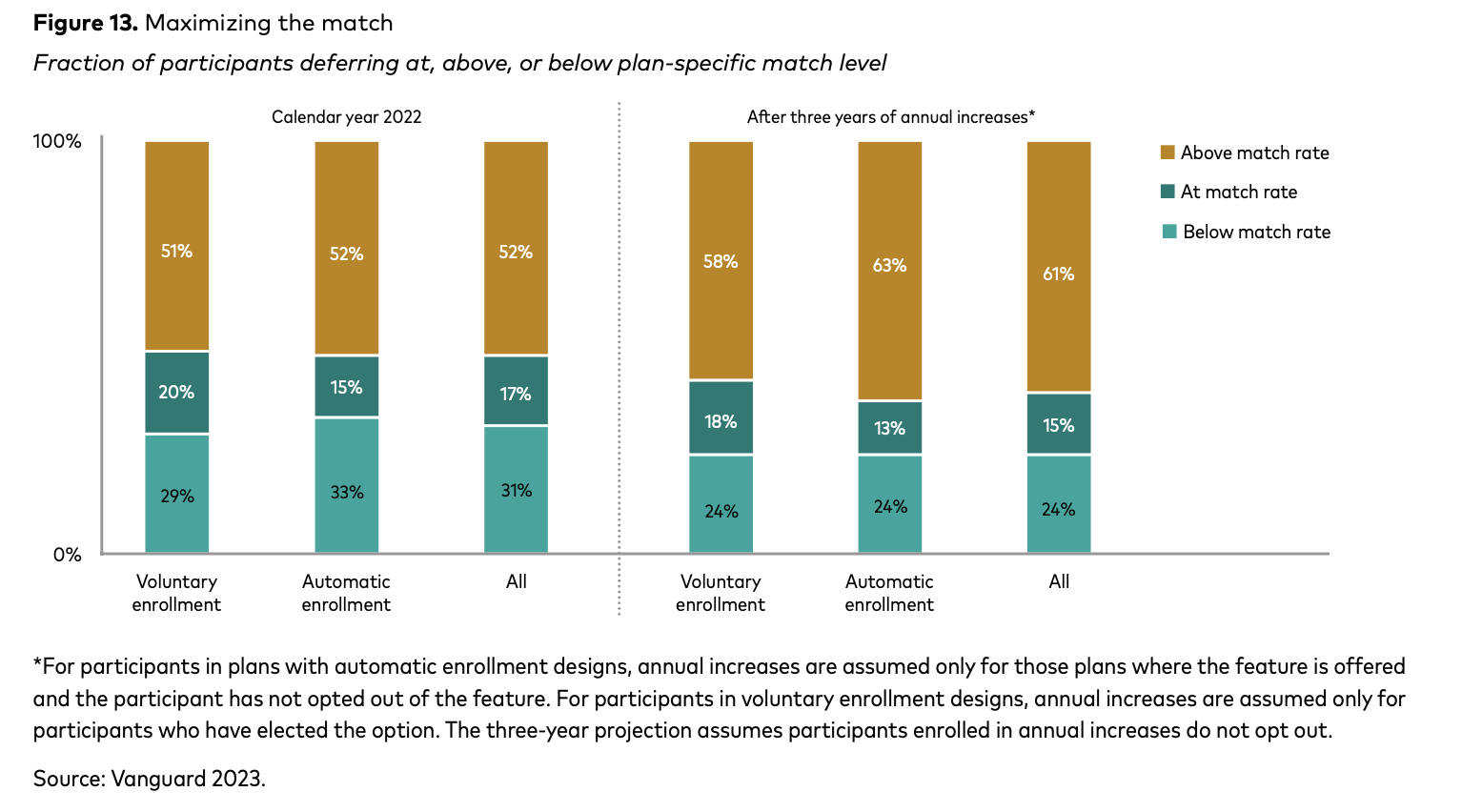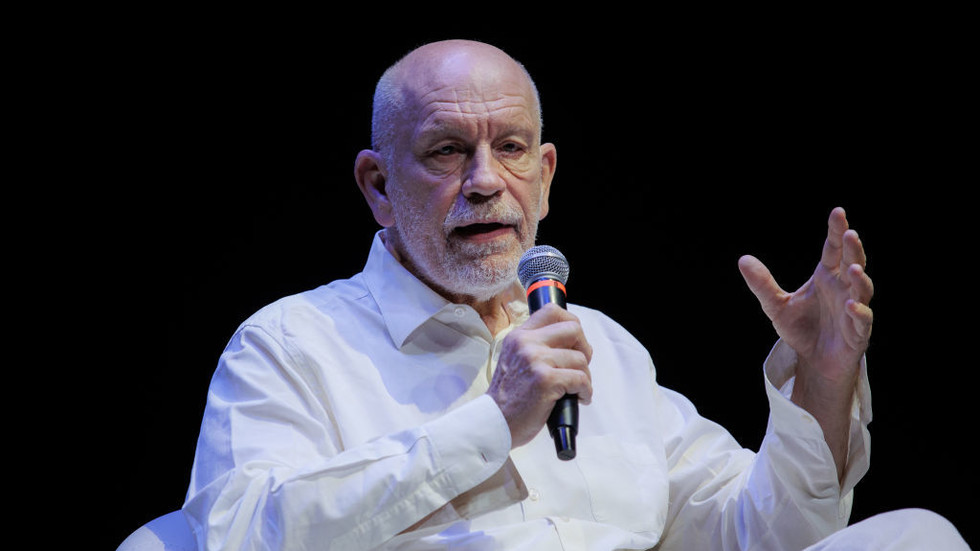June 15 is recognised as Global Wind Day, and with transitioning to cleaner forms of energy taking centre stage the world over, this is a good time to pause and reflect on India’s own journey in harnessing this renewable resource, and to look at the role wind power will play in the country’s future.

While India has made great strides in deploying solar power nationwide and achieving global success, another renewable resource – wind – has not witnessed a similar growth path in the past few years. It was the other way around in the early 90s when wind farms dotted the rural landscapes of Tamil Nadu, Gujarat, Karnataka, Rajasthan, Maharashtra, Andhra and Madhya Pradesh, the seven wind-rich states of the country. After a lull, there have recently been rapid developments in the country’s wind sector. This is welcome news as India embarks on a net-zero (removing as much carbon from the atmosphere as has been emitted by human activity) target by 2070 – for which wind energy can be an instrumental enabler.
India ranks 4th globally after China, the United States and Germany, in terms of installed wind energy capacity, with 42.8 GW as of April 2023. All of this is from onshore wind. But many of these wind farms have aged, resulting in top wind-rich sites being under-utilised.
The recent Central Electricity Authority (CEA) report estimates the 2030 wind capacity for the country at about 100 GW, which requires an addition of 13% year-on-year from now until 2030. Assuming India would augment about 30 GW from offshore wind, going by the country’s offshore policy and recent strategy paper, it must add another 28 GW from onshore wind by 2030 to arrive at CEA estimates. This could be an achievable target, but a mix of wind resource options must be considered, and challenges addressed.
Repowering onshore wind
Onshore capacity additions slowed in the recent past, and reasons are many, including a move away from feed-in tariffs (a guaranteed above market-price long-term agreement for excess power supplied to the grid) and reduced time frames for power banking. Power banking is a facility allowing renewable energy generators to deposit surplus power into the grid and withdraw it later when needed. The government recently outlined its plans to add power capacity every year till 2030. It also issued a draft policy last year to bring greater clarity on repowering old wind farms. These two measures could allow for renewed growth in this sector.
Repowering is a process of replacing older, lower capacity wind turbines with newer more efficient machines, generally of greater capacity and at higher hub heights. As India’s estimated onshore wind potential is at 302.25GW and 695.5GW at hub heights of 100m and 120m respectively, both repowering and onshore capacity additions are options to augment wind energy relatively cost effectively.
However, challenges remain, such as land acquisition for developing new onshore wind farms and the land and wind turbines being owned by multiple parties, making costs and revenue sharing a challenge for repowering. Special Purpose Vehicles (SPV) where wind turbine owners hold equity in proportion to their ownership is one way of addressing this challenge. Renegotiating existing long-term power purchase agreements (PPAs) and upgrading transmission and power evacuation infrastructure must also be carried out for repowered wind turbines to become viable. We must also be mindful of environmental concerns such as the limited available options to dispose of old blades from repowered turbines that are made of fiberglass.
Considering wind as a decentralised energy resource
Just as solar panels backed up with batteries can be stand-alone power plants disconnected from the grid, there are technologies such as small wind turbines (SWT) that augment localised wind energy. These could be used as a standalone energy source, particularly where solar irradiation is insufficient, or erratic, while wind energy is more consistent. SWTs could also be considered as a hybrid along with solar or other RE options as a decentralised renewable source.
With a cumulative global installation of 949 MW, India has under 3.3 MW of the total SWT installations. There are many reasons for this low adoption of SWTs, including the lack of supply chains and the need to produce all components in-house. Several roof-top renewable energy generation programs also do not consider wind as a distributed option, and there has not been a policy to promote small wind generators since the last one expired in 2017.
Optimising offshore wind in India
And then there is the vast and untapped potential of offshore wind, which has witnessed much interest and attention lately. India’s first imminent tender for a 4 GW offshore wind project in the Gulf of Mannar, off Tamil Nadu’s coast, has generated much enthusiasm, and rightly so. But ecological and social challenges must be addressed to fully realise India’s offshore potential.
Costs associated with offshore wind are high, necessitating a need for subsidies and low-cost debts with long payback periods to support project development. Using larger turbines, dependence on an Indian workforce, and developing domestic supply chains are other ways to cut down costs. Beyond Renewable Purchase Obligations (the statutory obligation of a discom to buy a certain portion of its energy mix from renewable resources), corporate power purchase agreements, subsidies and de-risking mechanisms can be considered to safeguard the renewable generator from payment delays or default by distribution companies.
Indeed, ports and transport systems must be modernised near where offshore projects are sited. This will enable the transport and installation of offshore wind components. This will also involve locating manufacturing facilities near ports and modernising port cities. Detailed Environmental Impact Assessments must be conducted to increase investor confidence. If the government facilitated the power evacuation infrastructure, this would also boost investor confidence. The sum of all these measures, we believe, would set the sails to augment India’s untapped wind energy potential.
Vaisakh Suresh Kumar is a senior program associate at WRI India. Kajol is a senior manager with the Energy program at WRI India. She leads the Industrial decarbonisation and new technology work for the energy transition. The views expressed are personal.
















